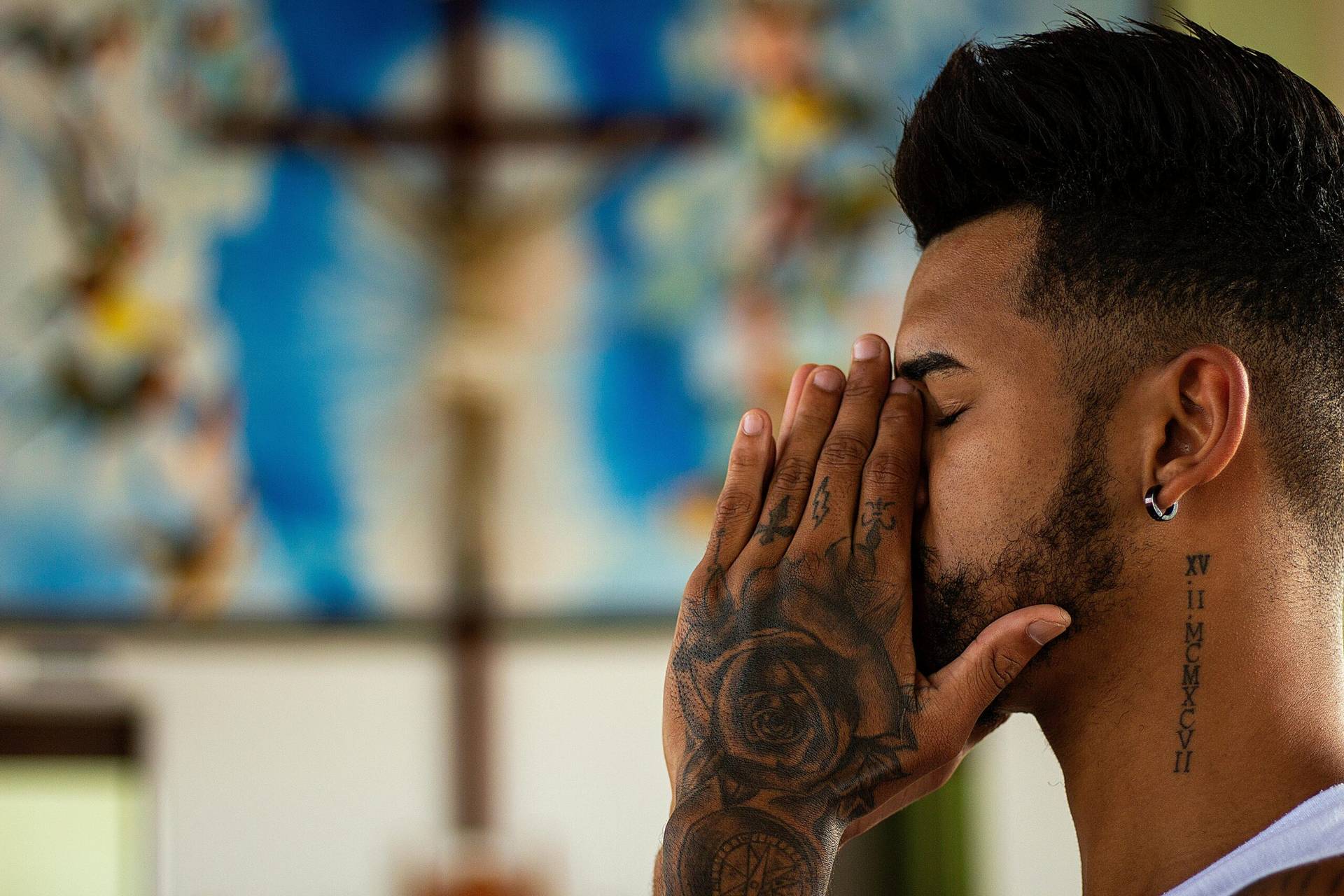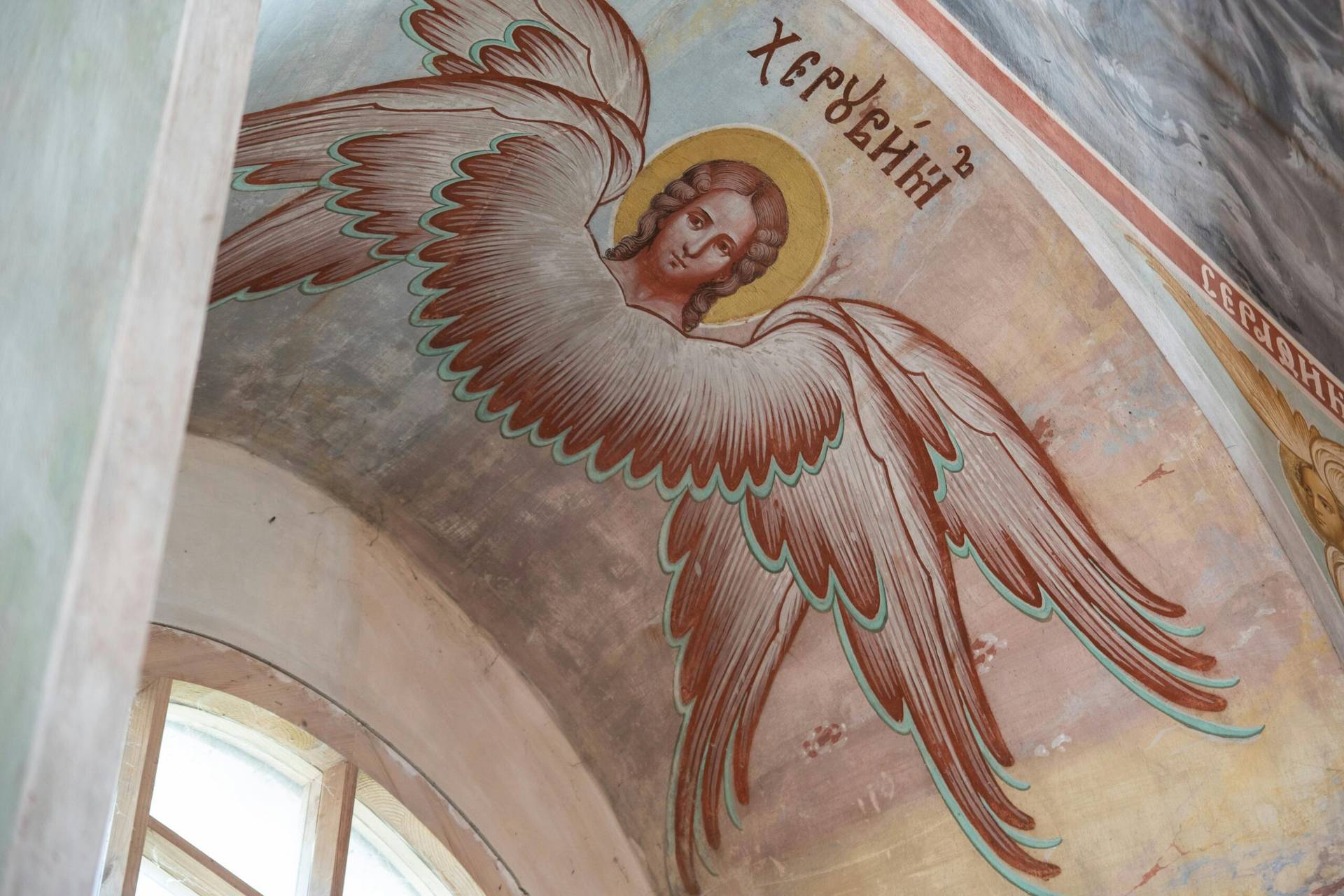In The Mission, Roland Joffé’s 1986 film about Jesuit missionaries in eighteenth-century Paraguay, Fr Gabriel (played by Jeremy Irons) encounters Rodrigo Mendoza (Robert De Niro) in the jungle laying traps for the Guaraní in order to enslave them and sell them to the Portuguese.
“We’re building a mission here here among the Guaraní,” Gabriel tells Mendoza, to which the Spaniard replies, with contempt: “Fine, if you’ve got the time.”
To be honest, that’s probably most people’s reaction to today’s World Day of Prayer for the Care of Creation, proclaimed by the Orthodox Church in 1989 and joined by other Churches since – including the Catholic Church last year.
Pope Francis now asks that every September 1st we set aside time to pray for creation at the start of a month-long ‘Season of Creation,’ ending on the Feast of St. Francis of Assisi on October 4.
The idea is not so much that today you will separate your trash (but please do) as to pray. The Global Catholic Climate Movement suggests one of the prayers in Francis’ eco-enyclical Laudato Si’ — ‘A Prayer for Our Earth’, say — or St Francis’ Canticle of the Creatures.
Who could object? Yet I suspect most of us find it easier to turn off the lights, donate to a water charity, or trudge through a late-summer field admiring the swelling fruit on the trees than sit and pray for the created world.
Saving creation feels much more like something we do.
But read one of Pope Francis’ gurus, and the invitation becomes more compelling.
Apart from previous popes, Father Romano Guardini is the most frequently cited source in Laudato Si’, and specifically the Italian-born German thinker’s prophetic 1950 book The End of the Modern World.
In it, Guardini charts the transition from the classical world to the medieval world, and from the medieval to the modern era, showing in each case how man’s relationship (rooted in his attitude) to the natural world has changed.
The dramatic shift comes in the nineteenth and twentieth centuries, when man becomes alienated from nature, no longer seeing himself as subjugated to it or needing to cooperate with it, but separate from it, and at odds with it.
Over many years vacationing in the early twentieth century on the shores of Lake Como, Guardini observed how the forms of houses become more angular and aggressive in relation to their surroundings. He detected the emergence of a new mentality that he called the ‘technocratic paradigm,’ one that sees nature as passive matter or an object to be manipulated.
At the same time, he observed how modernity severed humanist projects from their Christian roots, creating sterile, abstract ideologies foreign to man’s true nature.
He also noted how the new, unrestrained power of technology was creating a whole new scope for human brutality and exploitation. Notwithstanding postwar democratic idealism, Guardini believed the Nazi and Stalinist horrors were the antechambers of a new era of human brutality.
Long before the term became fashionable, Guardini foresaw a new post-modern era in which the peoples of the world would become ever less differentiated and ever more conditioned by the state and by technology.
As man came to dominate nature, and religion lost its cultural hold, the influences of tribe and family and social class would fade, and humanity would look ever more like a “formless mass to be organized.”
But then, in the post-modern era, there would be a recovery. Freed from the shackles of rationalism and bourgeois humanism, Christianity would become capable of renewing itself and the world, reconnecting human beings with their Creator and the created world.
In the final part of The End of the Modern World, ‘Power and Responsibility,’ Guardini foresees the interplay of the temptation of vast technological power on the one hand and a renascent Christianity on the other.
As man acquired ever more power, the temptation would grow to use it in ways that were destructive, violent, or exploitative, fueled by an ever-expanding arms market.
The only way of escaping these temptations would be metanoia, the conversion that faith brings. As other forms of restraint — laws, regulations, police – against the power of technology, finance and violence were shown to be ineffective, people would realize that only in the human heart is change possible.
Interestingly, Guardini looked to the emergence of a great leader, one “who alone can save our age from going down in violence and chaos,” a human architect of a new emergent world.
In Guardini’s imagination, it will be a man who knows how to live with danger, yet deeply loves the world, who is austere and ascetic (“he knows there is no authority which does not begin with command of self”), while at the same time clear-eyed, a leader capable of creating a new social order centered on the dignity of the human person and rekindling the possibility of human warmth.
As a description of Pope Francis, that’s not bad.
As for the conversion postmodern man needs, Guardini’s prescription is simple: he must “rediscover a contemplative attitude.”
“Before all else, then, man’s depths must be reawakened. His life must again include times, his day moments of stillness in which he collects himself, spreads out before his heart the problems which have stirred him during the day. In a word, man must learn again to meditate and to pray.”
Only that way will we be reconnected to God, to others, and to the natural world.
In The Mission, Mendoza of course converts and becomes a Jesuit missionary at peace among the people and in the jungle he once sought to exploit.
He made the time — and maybe we should too.















